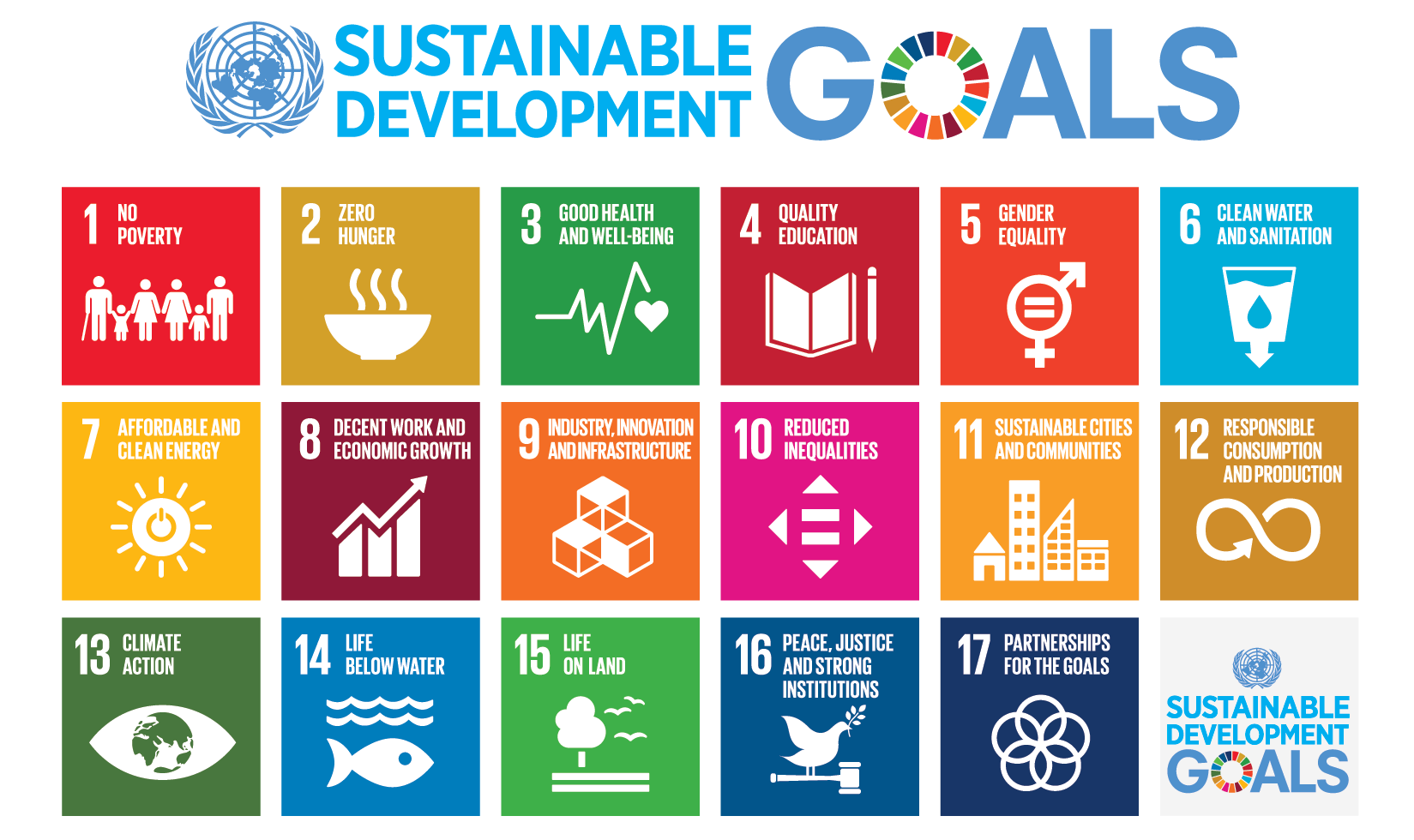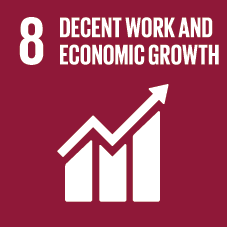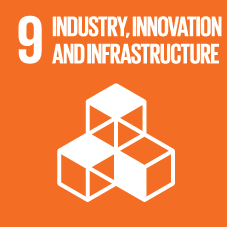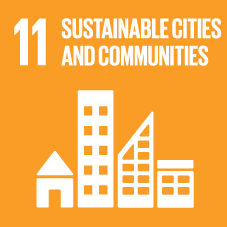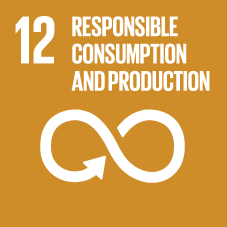HAMBURG
BILLBROOK
light industrial & logistics park
A light industrial & logistics park with 24,500 square meters of rental space was completed in Hamburg’s Billbrook industrial estate in summer 2024. As part of a sale and leaseback transaction, the resident ROFIN-SINAR Laser GmbH, a Coherent Group company, sold the site and leased back large parts of the existing space on a long-term basis. After being revitalized, the unrented existing space was leased to the local industrial service provider Franke & Pahl GmbH. A multi-storey parking lot with 136 parking spaces was built at the same time as the existing development.
In addition to the existing buildings and the multi-storey parking lot, a further 10,100 square meters of new construction space was developed in the form of two light industrial properties for Industry 4.0. Individual built-to-suit solutions were implemented with a total of four users in the spaces, which are now fully let. The project combines a central location to the city center with good connections to the freeway and enables 24/7 operation.
The property was sold in spring 2025.
Year of Construction/Refurbishment
1981 - 1990 / 2023 - 2024
Site Area:
29.000 sqm
Rental Area:
24.000 sqm
Location:
Berzeliusstraße 63 to 87, 22113 Hamburg
Billbrookdeich 188, 190, 22113 Hamburg
ESG Highlights:
DGNB Gold certification (our aim), PV systems, heat pumps, efficiency standard: KfW55, green leases















location and Connection
Billbrook is one of Hamburg´s logistics hotspots. The site can be reached from the A1 and A24 motorways in under five minutes, and the inner city is just fifteen minutes away. Billbrook is Hamburg´s and Northern Germany´s second-largest industrial area, after the Port of Hamburg, with just under 1,000 businesses and around 22,000 employees. Hamburg-Billbrook is home to a broad range of industrial production from mechanical engineering, the manufacture of chemicals and plastics, to the production of food. There are also a large number of freight, warehousing, and supply companies, as well as wholesalers, building firms, and waste processing/recycling plants.
The property is just a short walk away from the 432 bus-stop and the Billstedt underground station. It also has an excellent connection to the long-haul transport network via the B5 leading to the A1 and A24 motorways.
The property extends over Berzeliusstraße 63 to 87 and Billbrookdeich 188, 190 in 22113 Hamburg.
History
Eight buildings built between 1981 and 1990 were located on the 29,000 square meter site, which was a production site of ROFIN-SINAR Laser GmbH, a Coherent Group company. ROFIN-SINAR remains at the site as part of the sale-and-lease-back transaction and consolidated its rental space. INBRIGHT acquired the site in September 2020.
Kontakt
Dajana Morasch
Project Manager
INBRIGHT Development GmbH
Erasmusstraße 14
10553 Berlin
Tel.: +49 30 403 686 2-0
E-Mail: dm@inbright.de


